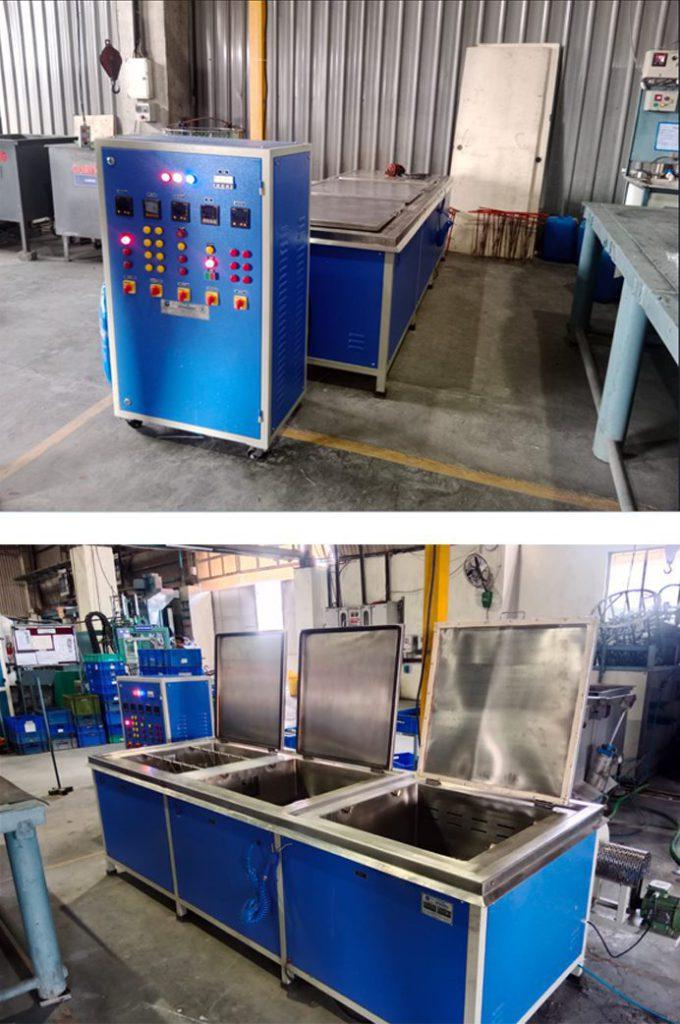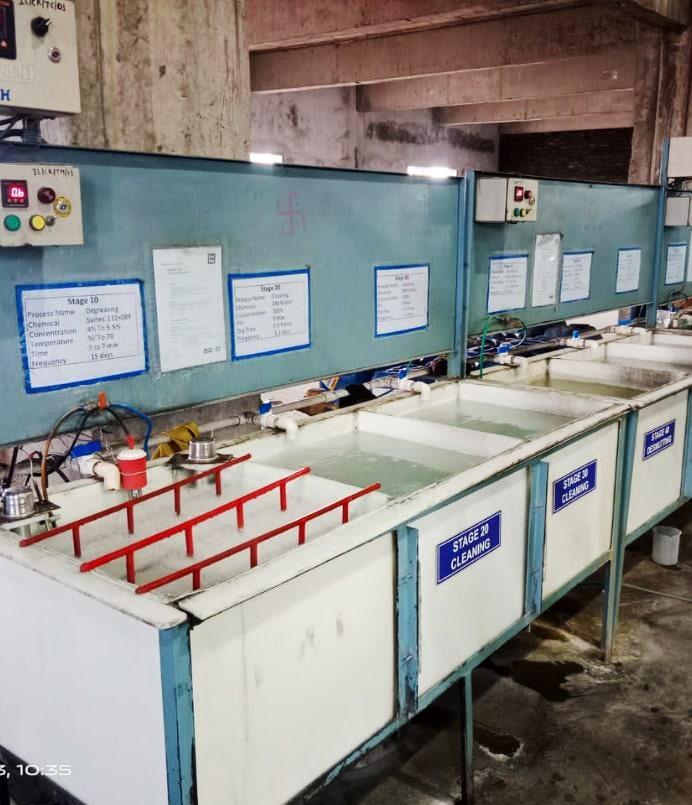Facility
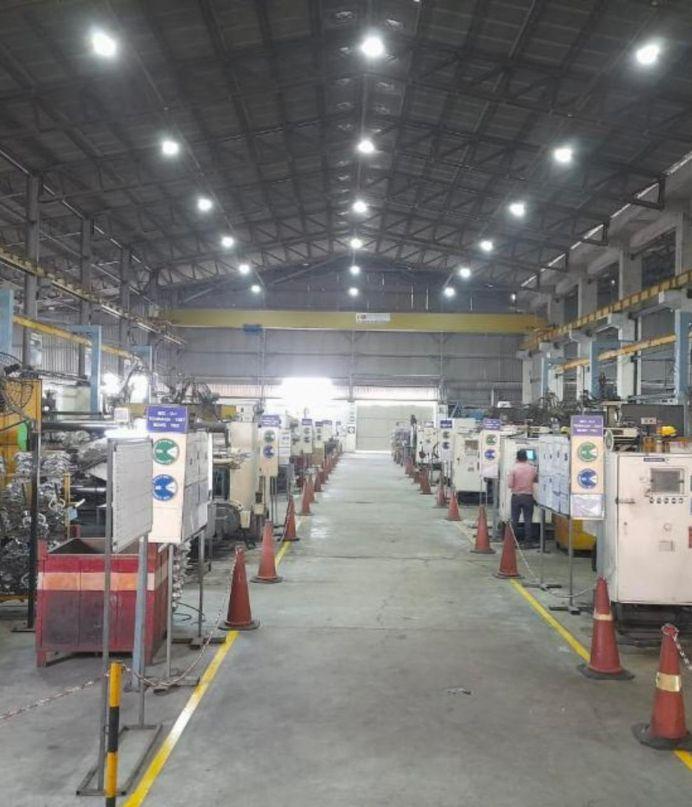
We build
better products
High Pressure Die Casting Infrastructure
Our high-pressure die-casting production facility produces intricate and precise aluminum components, with machine tonnage capacities ranging from 150 Tonnes till 800 Tonnes. We can produce parts ranging from 40 gms upto 4kg of net casting weight. Using 10 HPDC machines and a centralise melting furnace with an hourly melting capability of 1 Tonne, the plant can produce 2,50,000 shots / 350 tonnes of die-casted products every month.
In order to increase productivity and to create safe environment we have installed a dedicated material handling automation for molten metal handling.
Shot Blasting
We undertake the process of shot blasting which is a surface treatment process that involves propelling a high-speed stream of abrasive material at a surface to clean, roughen, or shape it. The abrasive material’s force eliminates surface impurities including rust, paint, and scale while also roughening the surface to facilitate better coating or paint adhesion. Metals, polymers, ceramics, and composites are just a few of the many materials that can be processed using this method.
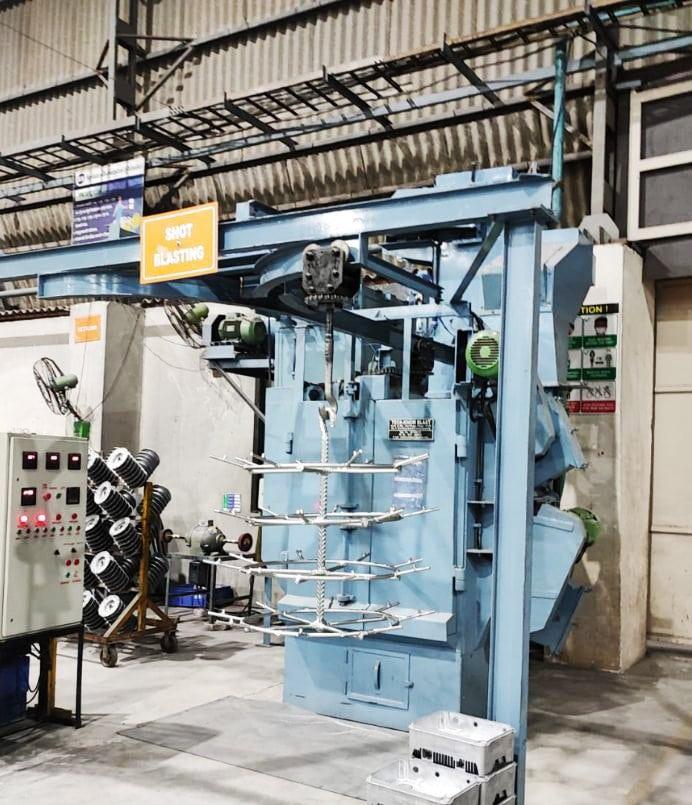
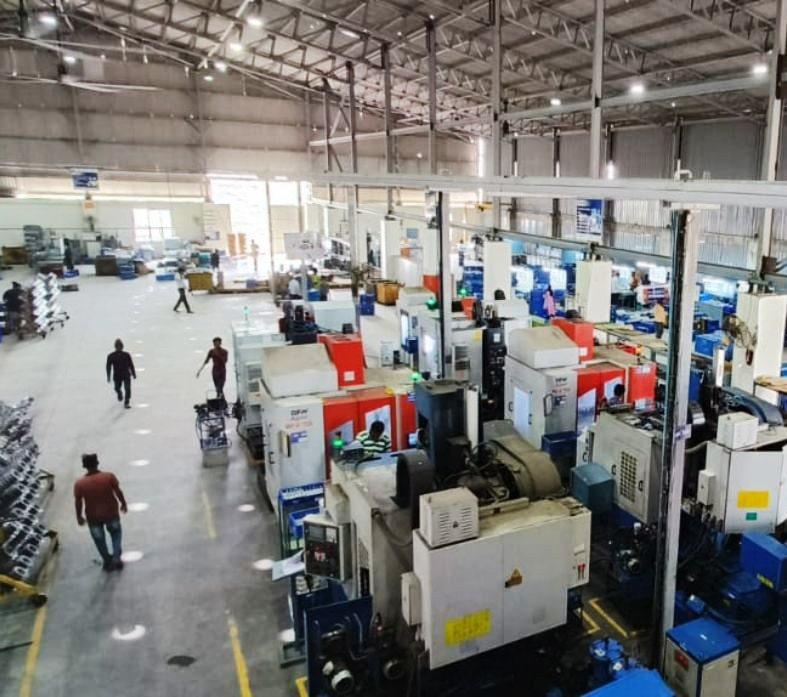
Machine Shop
Leakage Testing
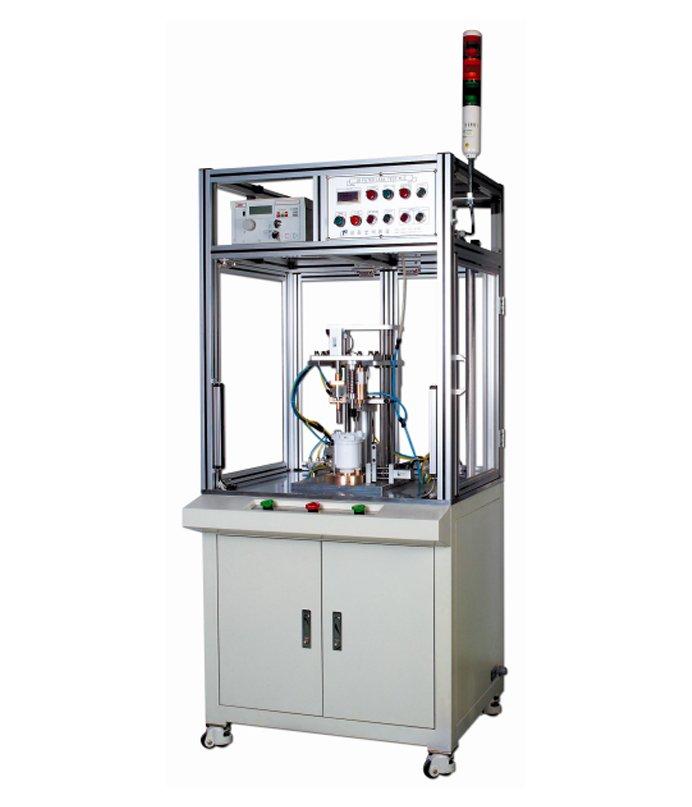
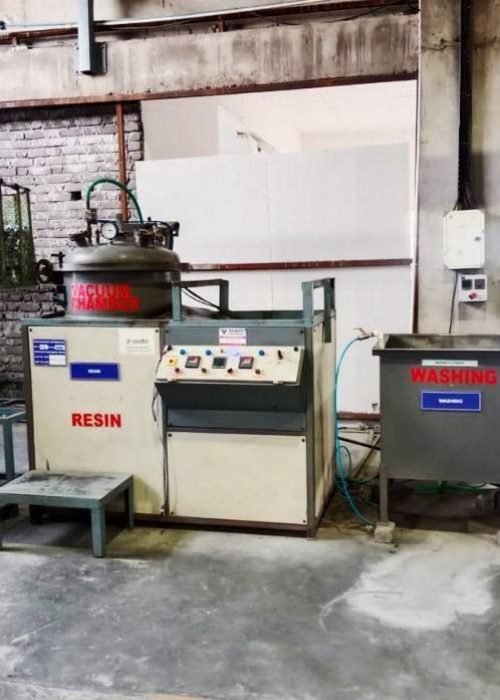
Impregnation
Ultra Sonic Cleaning
